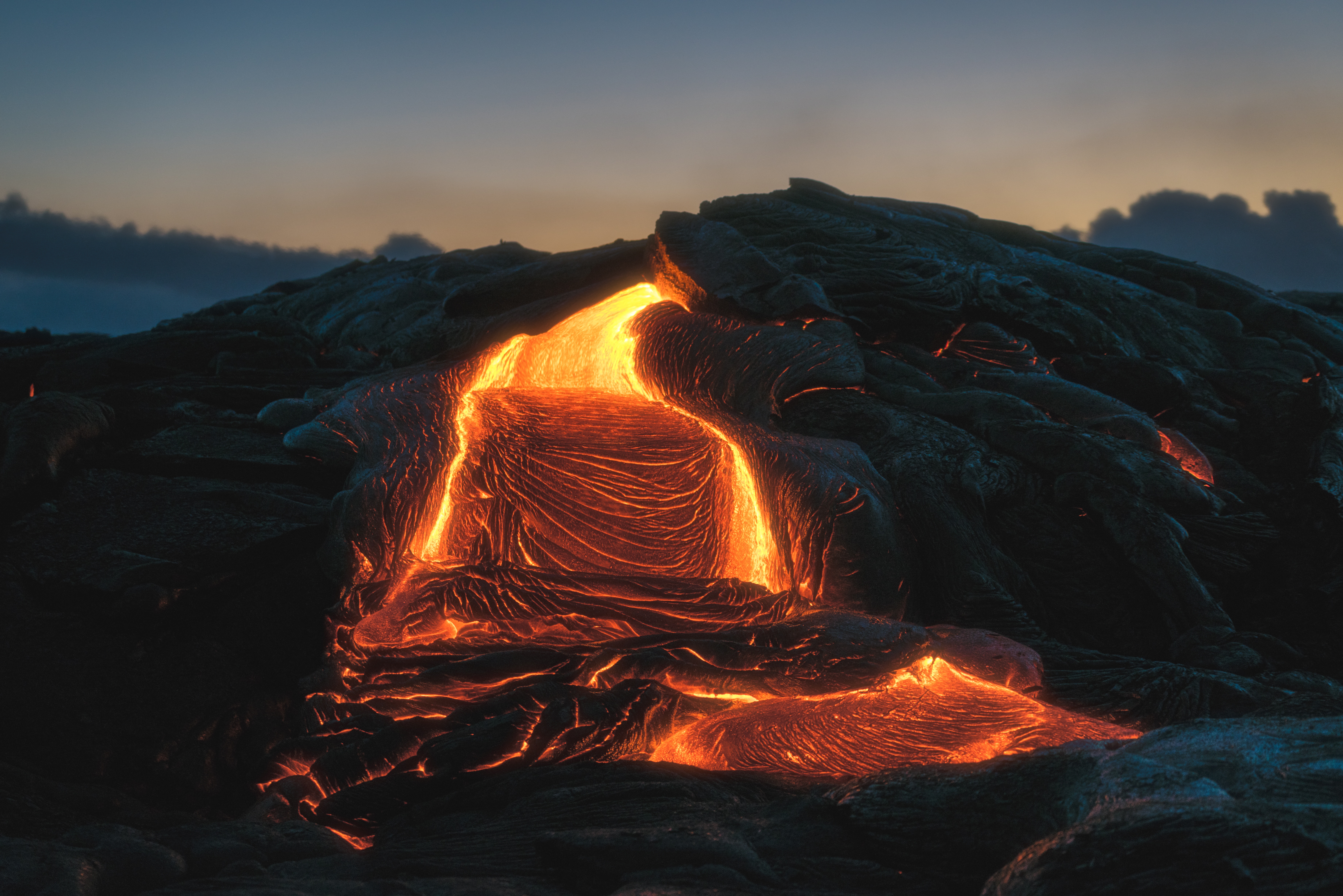The islands that make up Hawaii are spectacular, but that beauty, formed by volcanic eruptions, means that the Hawaiian islands are always at risk of another volcano erupting at any time.
Kilauea, a popular tourist attraction and active volcano on Hawaii’s Big Island, erupted May 17, emitting ash, smoke, and a volcanic cloud that reached up to 30,000 feet according to the US Geological Survey. Residents of the region have been advised to seek shelter in areas that may be in the path of the ash plume, and officials request that anyone driving do so carefully due to limited visibility. Airlines have been given a red alert warning due to the dangers that ash can pose to an aircraft, but flights are currently operating on a normal schedule.
According to USA Today, Kilauea has erupted continuously for more than three decades, and the Big Island has been on high alert since an eruption on May 3 lead to nearly 40 structures being destroyed 2,000 residents vacating their homes.
RELATED: It’s About To Cost You More Money To Get A Passport
For travelers, the volcano has either had a major impact on travel or no impact at all depending on how travelers planned on experiencing the Big Island. For those flying into the Big Island, there was little to no change since no hotels, restaurants or attractions outside of Hawaii Volcanoes National Park have been closed due to the volcano. Those visiting by boat were greatly affected, with multiple major cruise ships canceling stops to the Big Island altogether.
Airlines have been working to make sure that passengers can get to and from the island as efficiently as possible, with carriers like American, Hawaiian and United waiving change fees for those scheduled to fly in or out of Hilo International and Kona International airports last week, and extended the waiver through May 20.
Now that the volcano has erupted, only time will tell if Hawaii can recoup the $5 million loss from cancellations from May through July by travelers who initially planned to visit the island.





